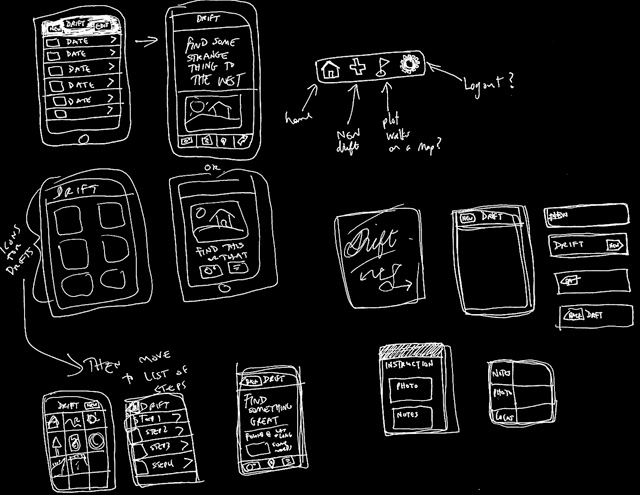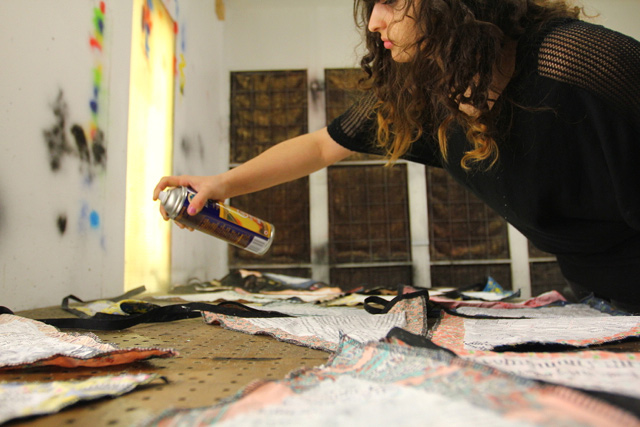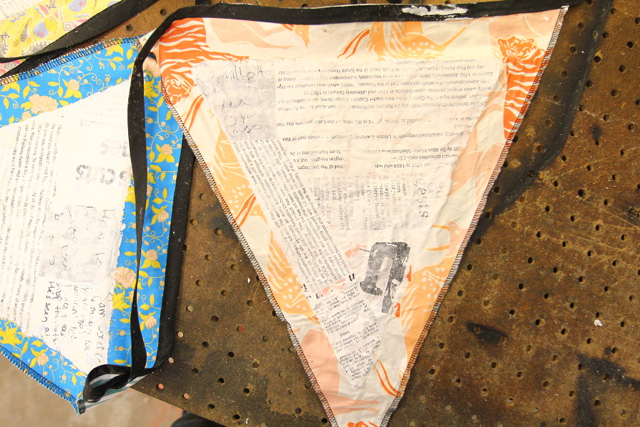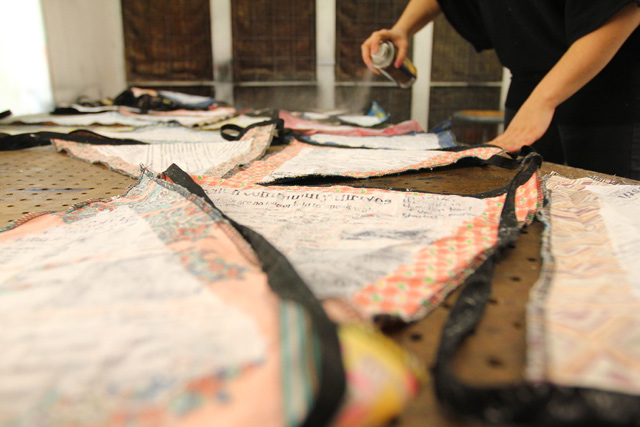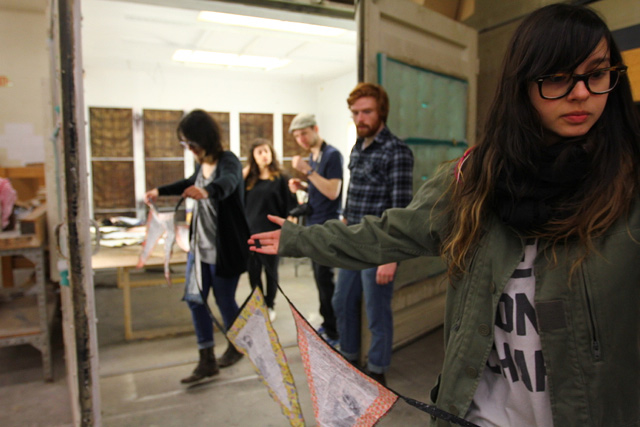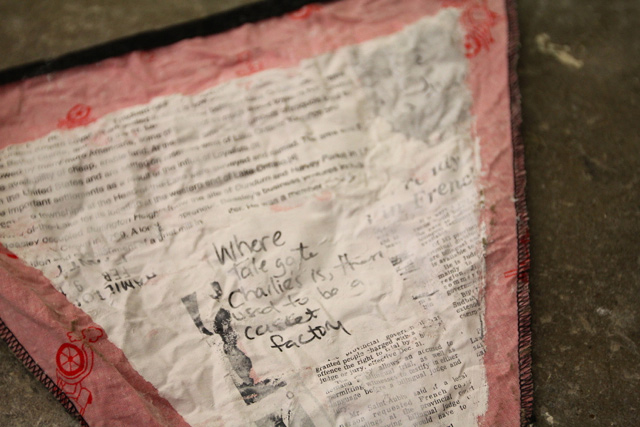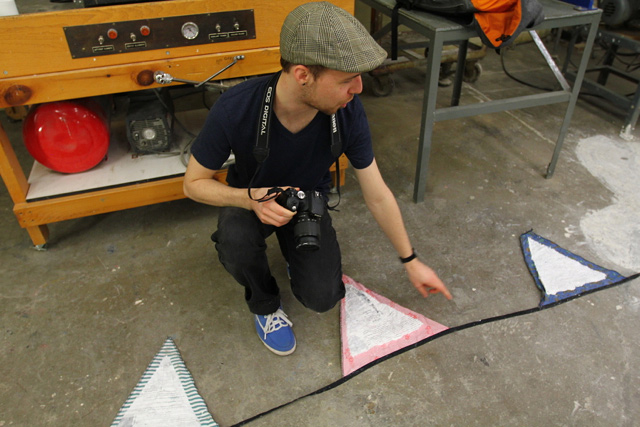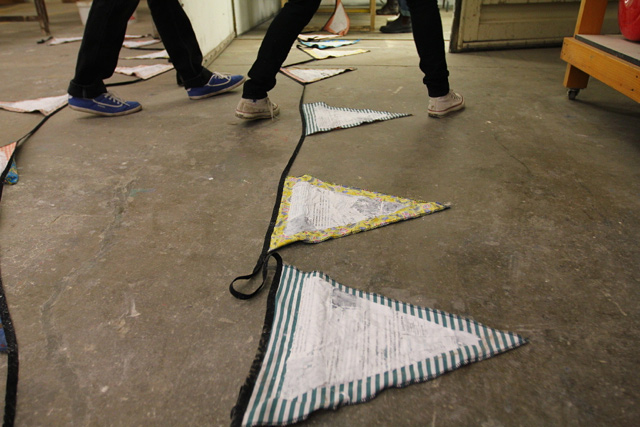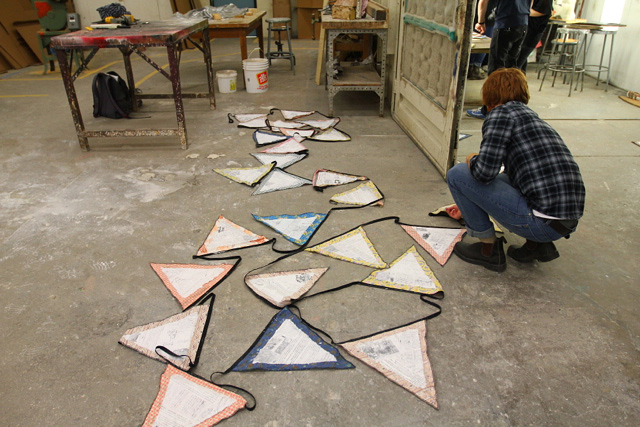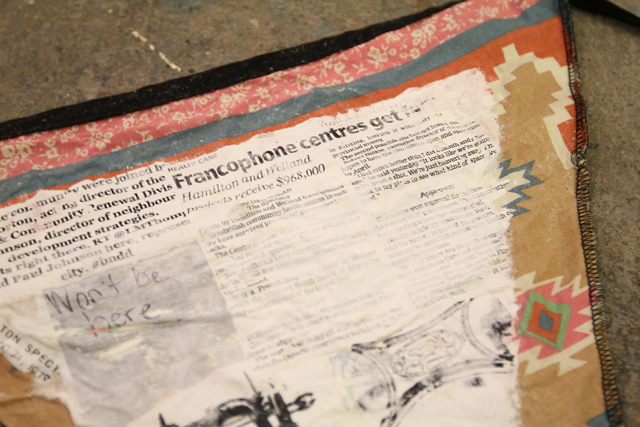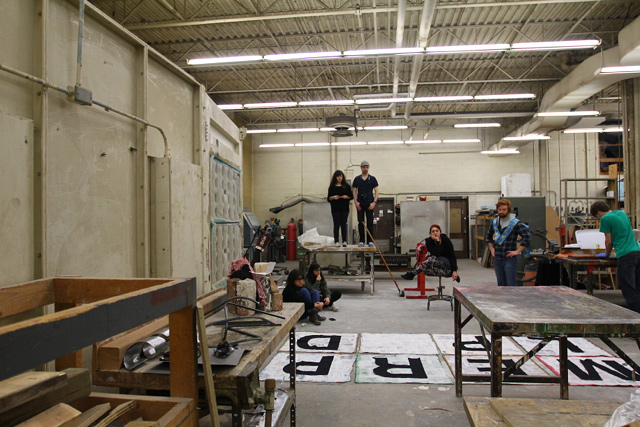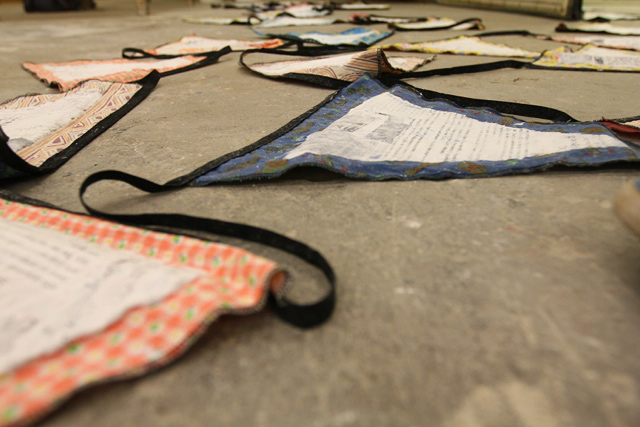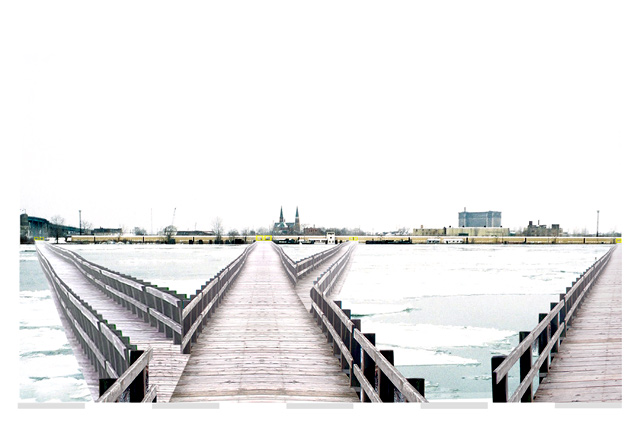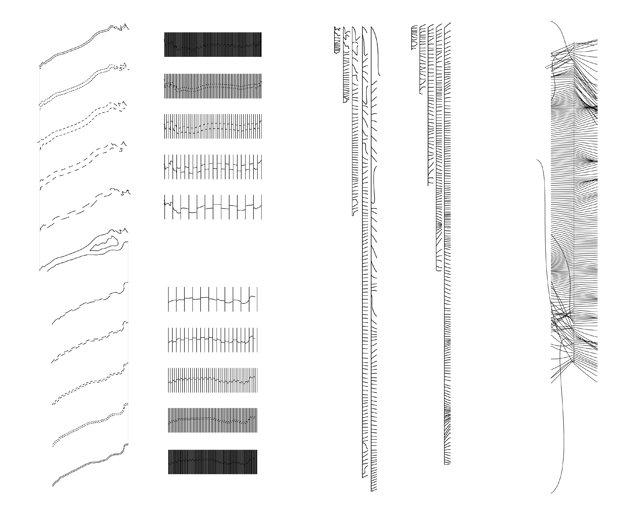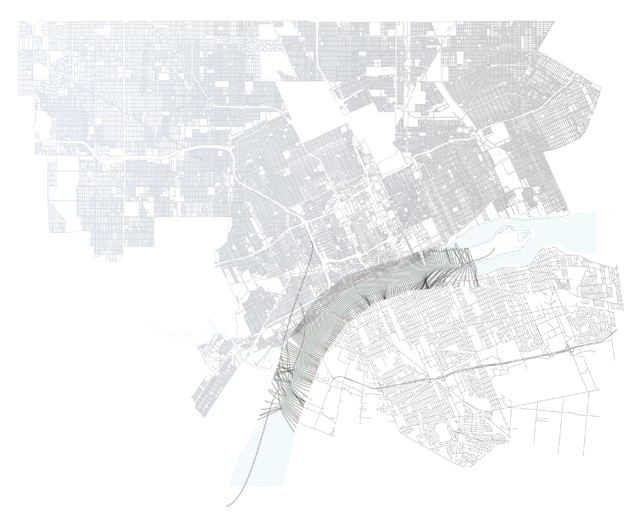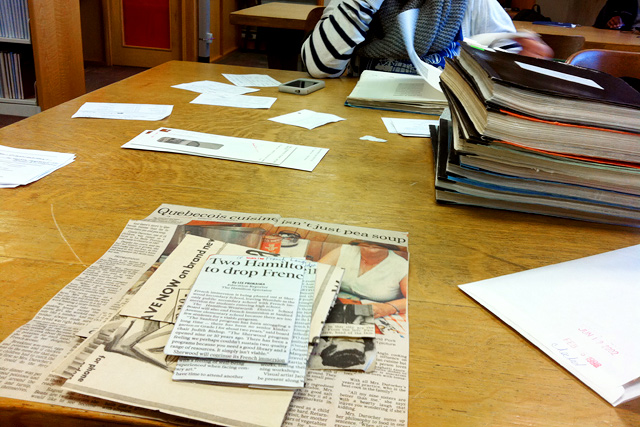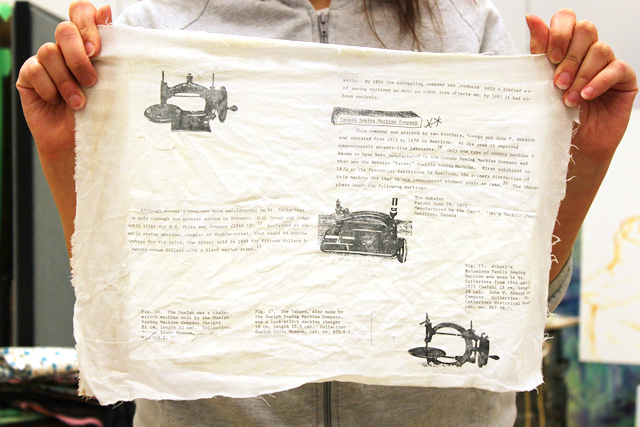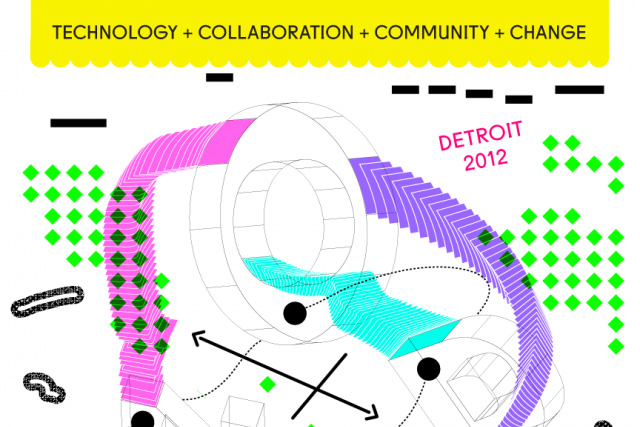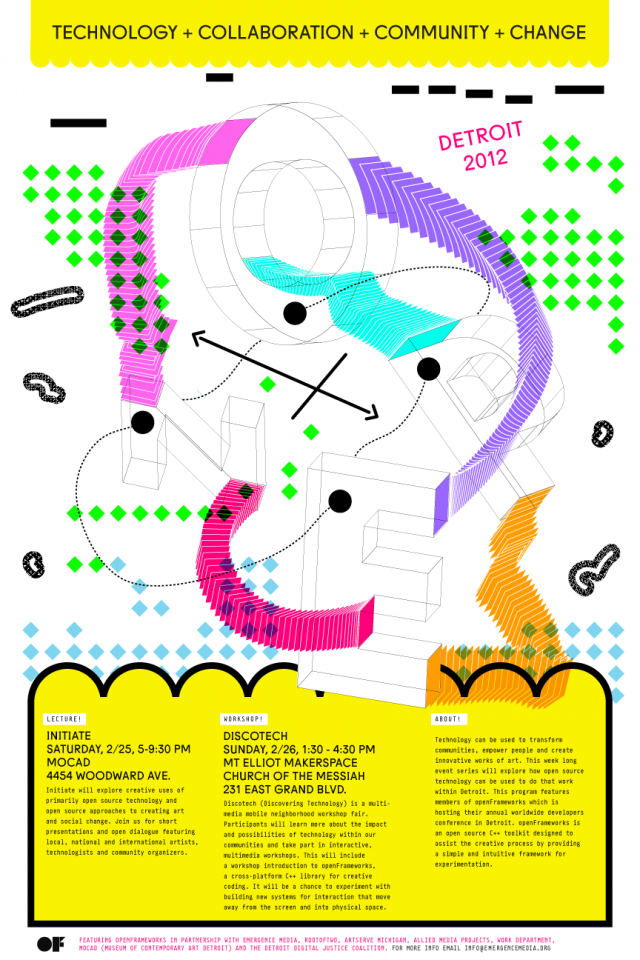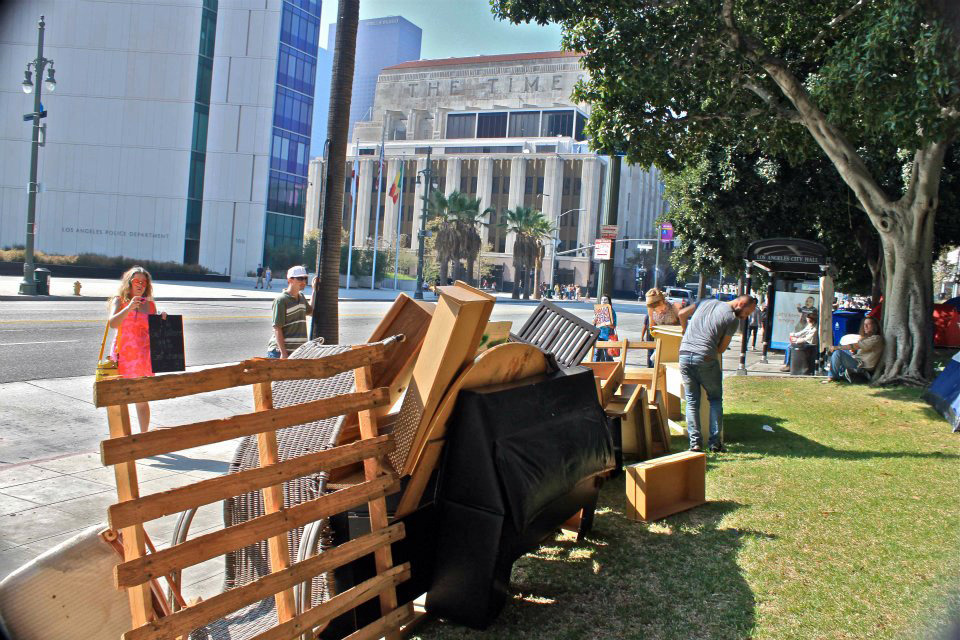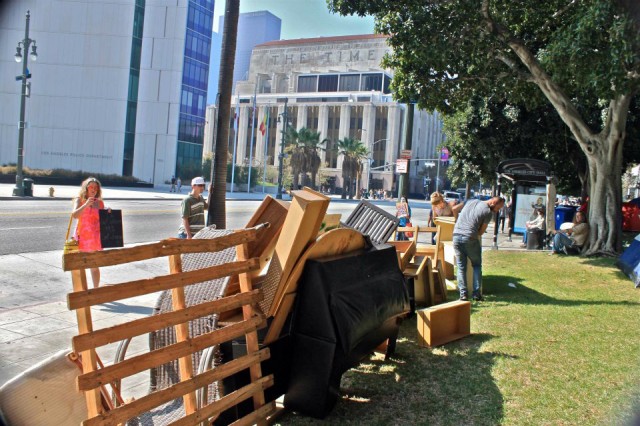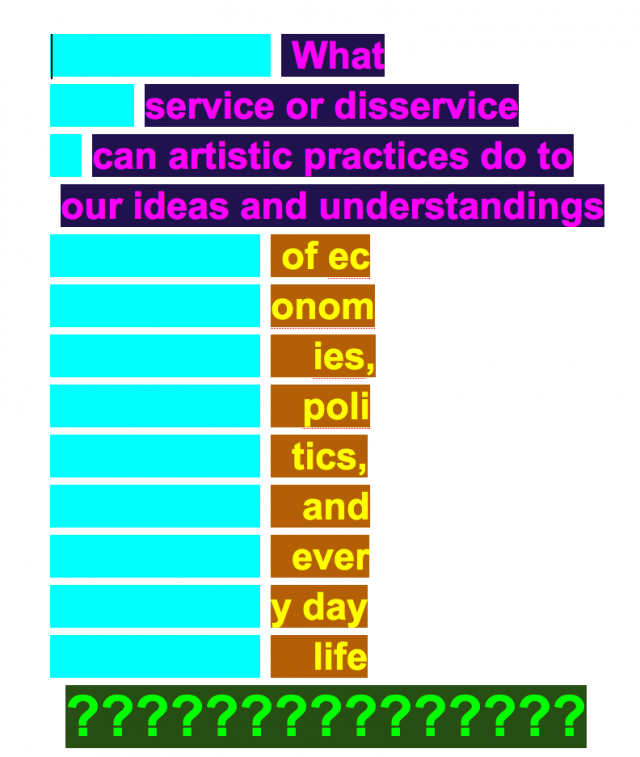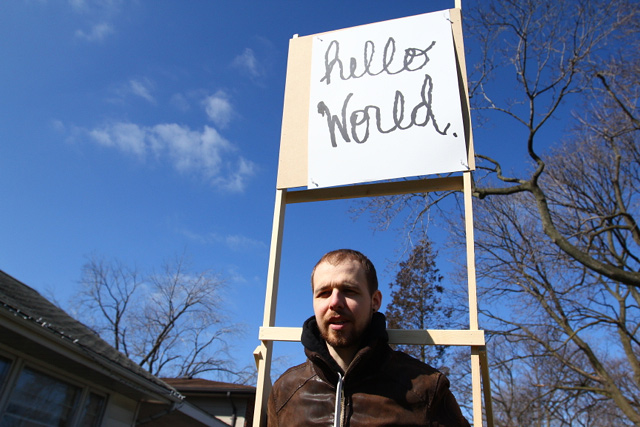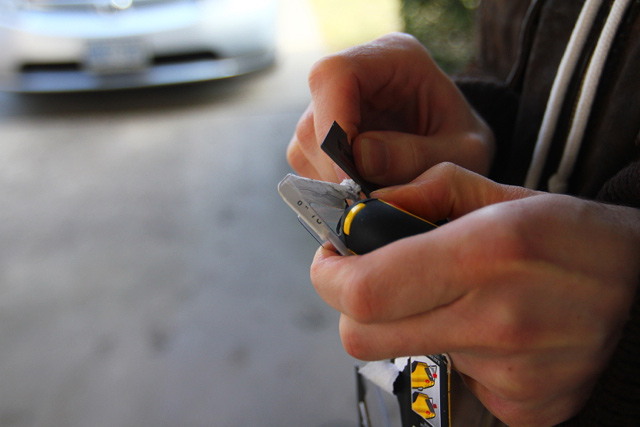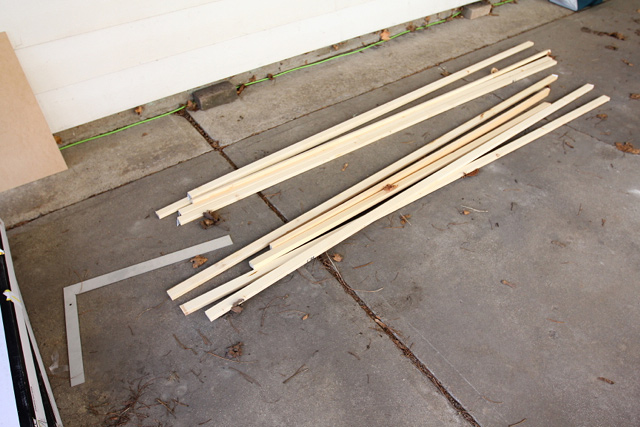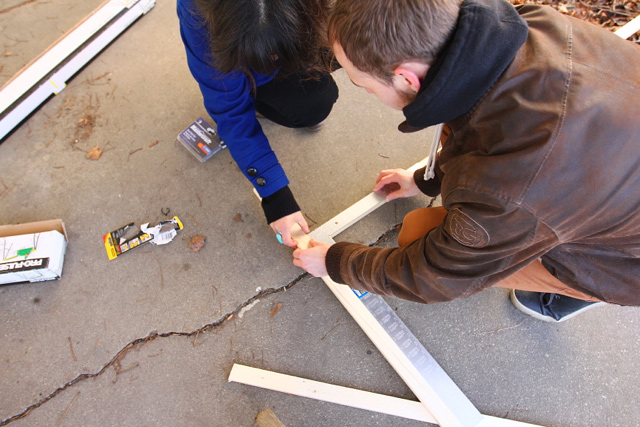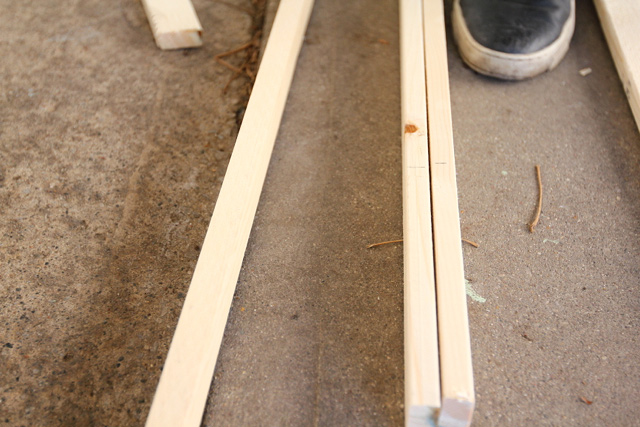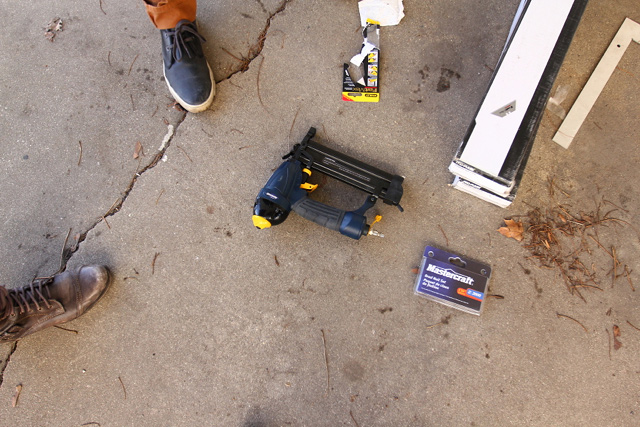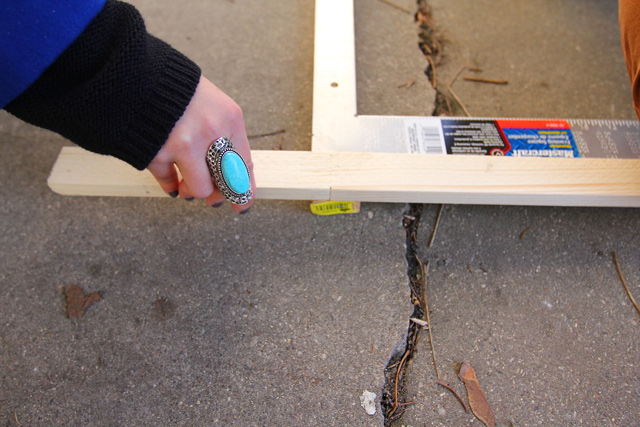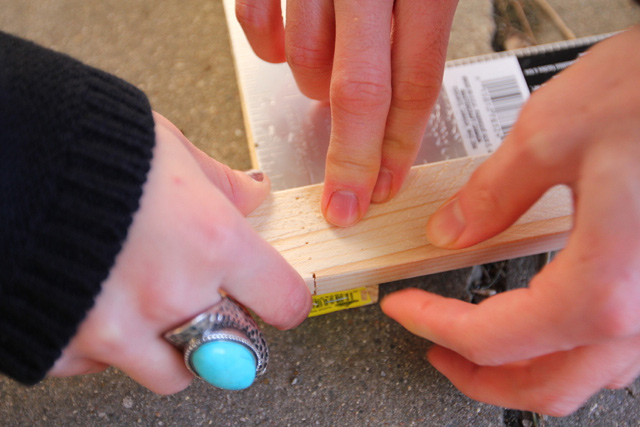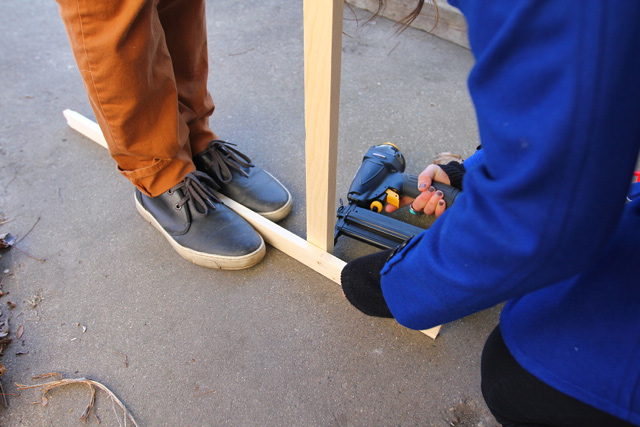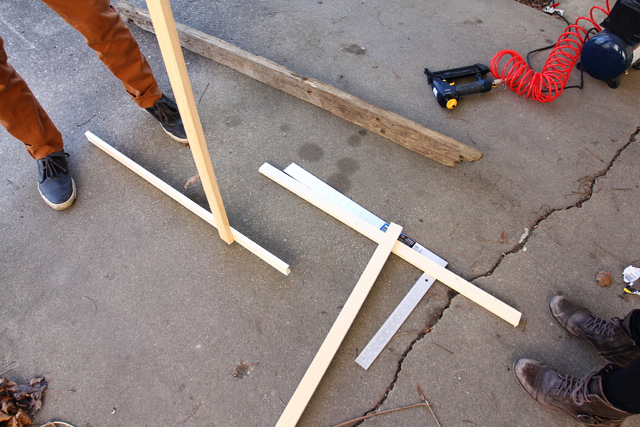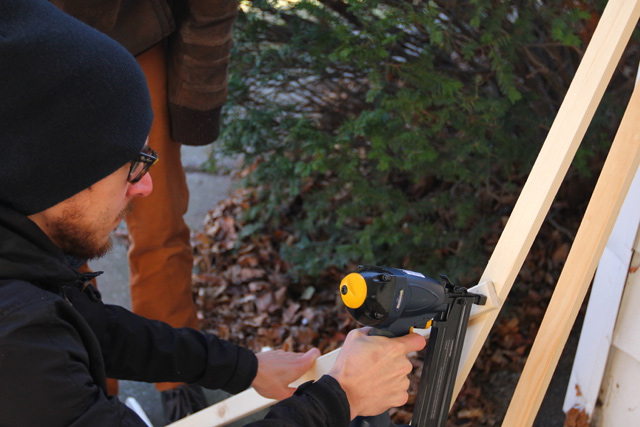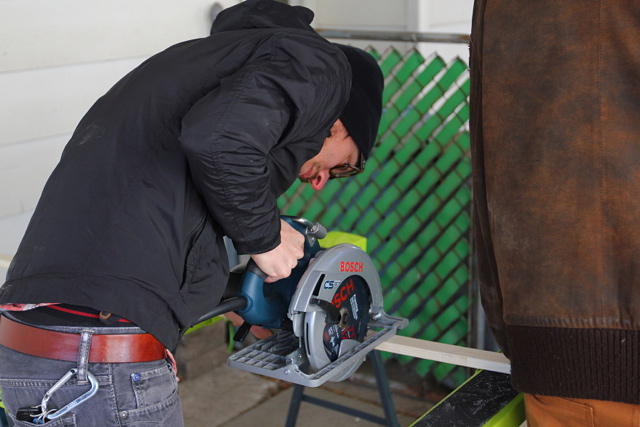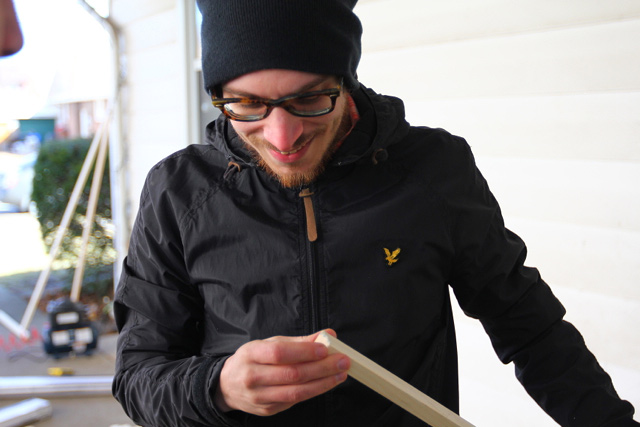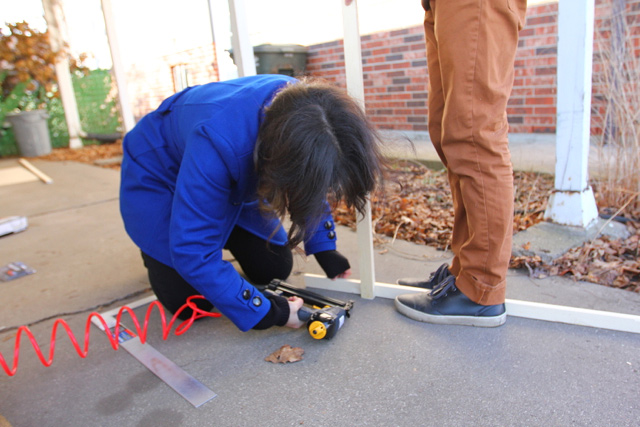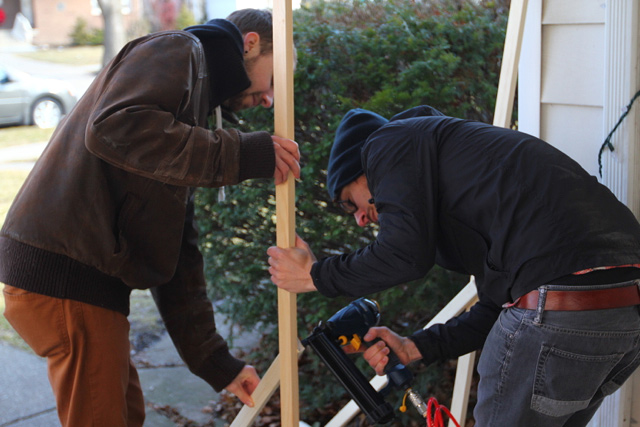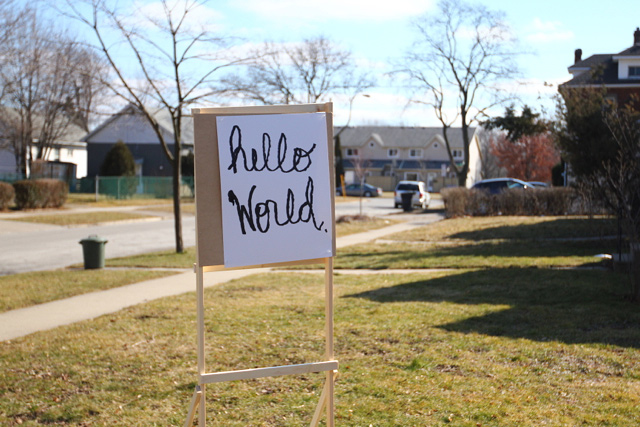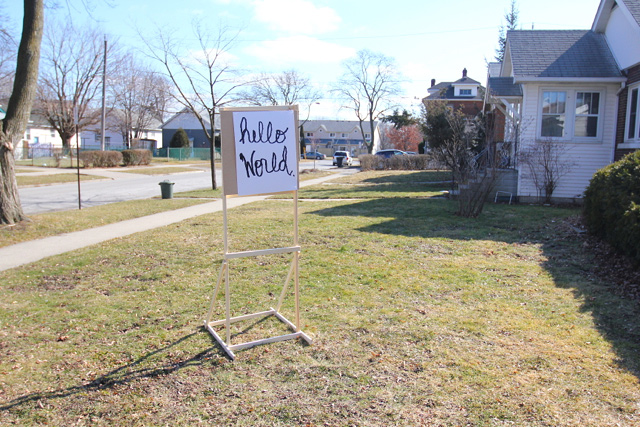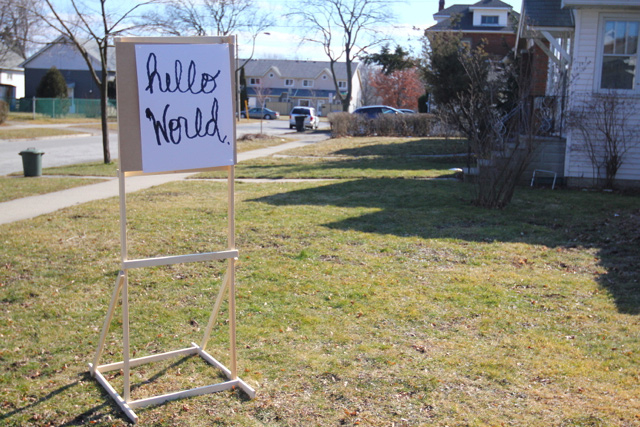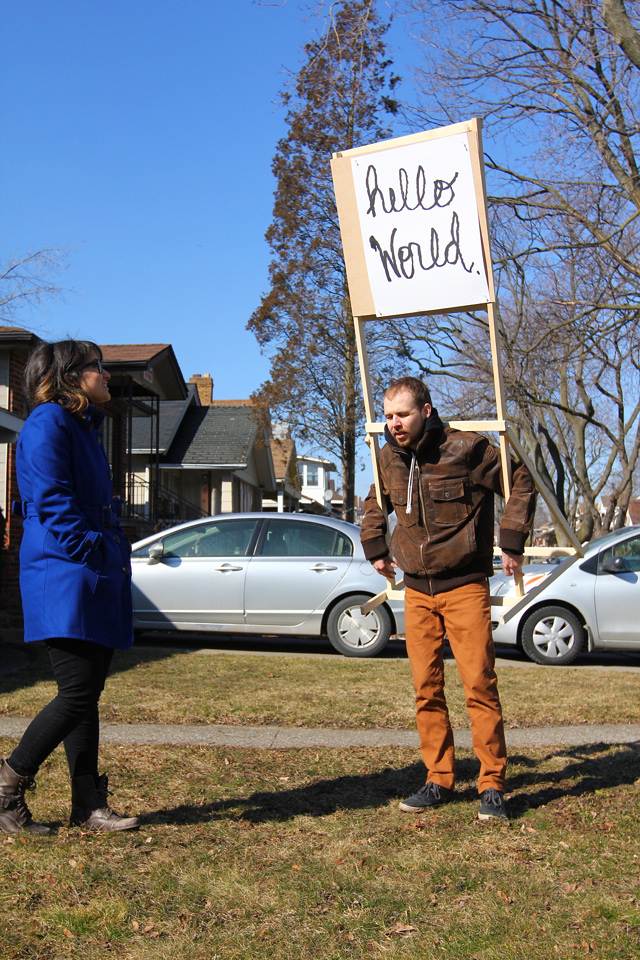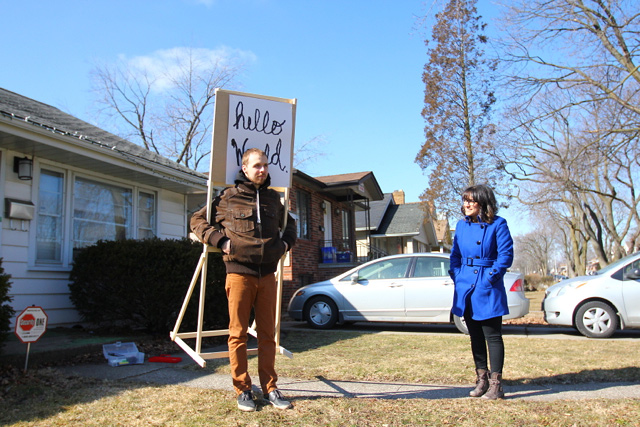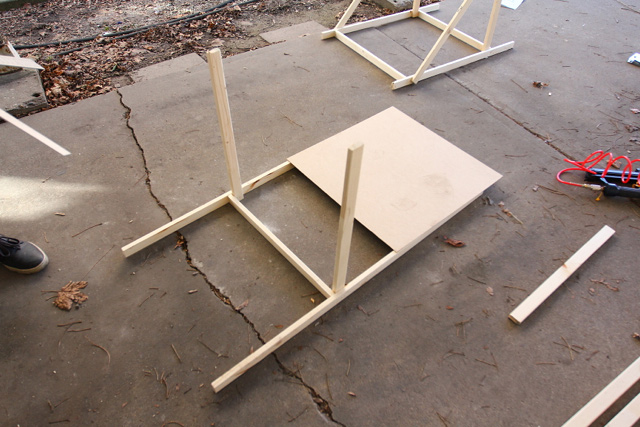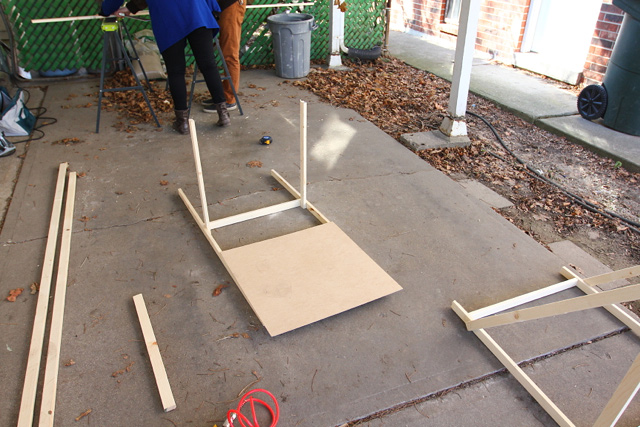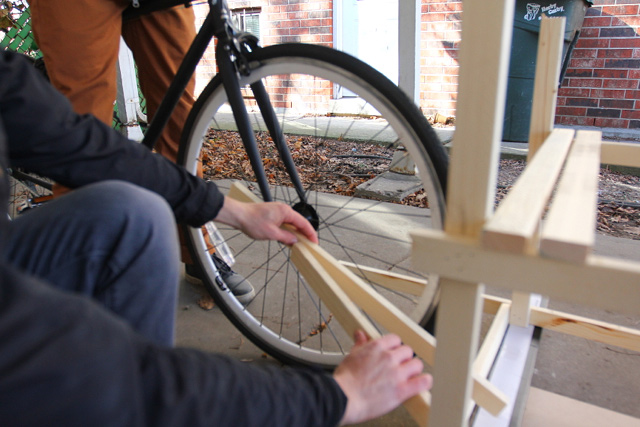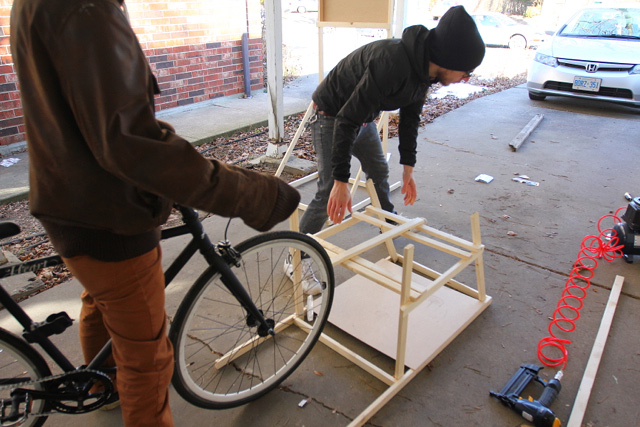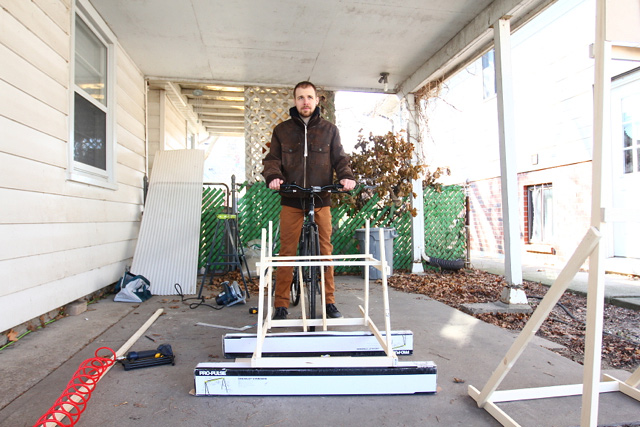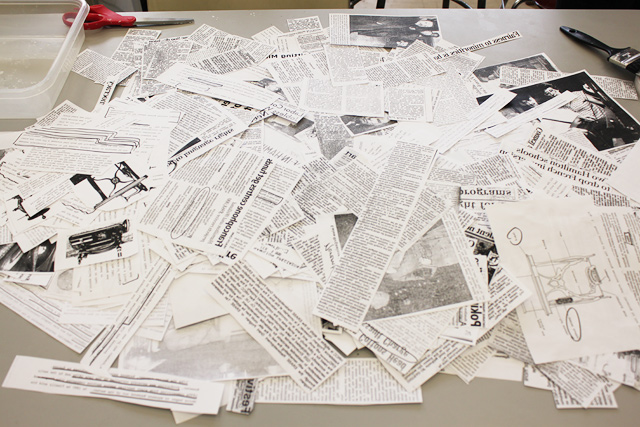
Two Tales of a City
March 9th – May 4th, 2012
Workshop & Opening: Friday March 9, 3:30pm @ Hamilton Farmer’s Market & 6:30-8pm @ Hamilton Artists Inc.
161 James Street N. Hamilton L8R 2K9
Two Tales of a City aims to examine a range of social, economic, cultural, and political dualities tracked throughout Hamilton’s past, present, and future. Gathered from archival research, interviews, and pop-up surveys and timelines, Two Tales of a City will present competing, intertwining, and parallel narratives of Hamilton through a large-scale fabric banner, oversized bunting, a workshop, and forthcoming publication.
The fabric banner installed along the side of HAI’s new building will feature a rotating series of call-and-response dualities over a six week period, while the oversized bunting will span 135 feet hung across the roofline and act as a timeline of collapsed and thriving industries, experiences, struggles, and victories of the city.
While created by drawing on stories, experiences, and data from Francophone and Anglophone communities in Hamilton, the project will culminate in a re-distribution of the timeline bunting to the community by allowing gallery visitors to take pieces with them at the close of the exhibition.
Featuring documentation of the projects, essays, and a collectively written story, the publication will be created from activities at the upcoming workshop, and will be available in print at the close of the installation, April 27, 2012. The Tales of a Timeline: Hamilton’s Stories Workshop will take place on Friday, March 8th at 3:30pm at Hamilton Farmer’s Market, with the exhibition officially opening later that night from 6:30-8:00pm at HAI.
Please contribute to the exhibition by filling in this fill-in-the-blank form and telling us your story about Hamilton!
Deux Contes d’une Ville
9 Mars – 4 Mai, 2012
Ouverture Vendredi le 9 mars de 6;30-8pm, & Les Fables d’une Chronologie : Histoires de Hamilton Marché Fermier d’Hamilton (35 boul. York, Hamilton), dans la cuisine communautaire à 3:30pm
Hamilton Artists Inc.
161 rue James N. Hamilton L8R 2K9
Ouvert ce vendredi « Artcrawl » le 9 mars jusqu’à 11pm.
Deux Contes d’une Ville vise à examiner une gamme de dualités sociales, économiques, culturelles et politiques soulignant le passé, le présent et le futur de la Ville de Hamilton. À partir de la recherche amassée des archives et de l’histoire chronologique de la ville, d’interviews et de questionnaires, Deux contes d’une ville nous présente des narrations de Hamilton en conflit, entremêlées et parallèles en utilisant une bannière à grande échelle, une série de fanions surdimensionnés, un atelier et une publication rétrospective vers la fin de l’exposition.
La bannière de tissu installée sur du côté du nouvel édifice de « Hamilton Artists Inc. » affiche une série de phrases contenant des dualités, extraite du questionnaire. Cette bannière changera au cours de la durée de l’exposition, soit huit semaines. La série de fanions géants mesure 135 pieds de longueur et est suspendue au long du toit. Ces fanions représentent l’histoire chronologique des industries disparues et celles toujours existantes et des expériences, défis et victoires de la ville.
Créer à partir des histories, expériences et de l’information accumulée au sujet des communautés francophone et anglophone de la Ville de Hamilton, le projet culmine avec la redistribution des fanions à la communauté en permettant aux visiteurs de la galerie d’en prendre des échantillons, à la fin de l’exposition.
Mettant en vedette la documentation du projet, des ouvrages littéraires et une histoire écrite collectivement, la publication sera créée des activités de l’atelier à venir et sera disponible vers la fin de l’installation, vers le 27 avril.
L’atelier : « Les Fables d’une Chronologie : Histoires de Hamilton », prendra place Vendredi le 9 mars, 2012 au Marché Fermier d’Hamilton (35 boul. York, Hamilton), dans la cuisine communautaire à 3:30pm, avec l’ouverture officielle de l’exposition plus tard le même soir de 6:30 à 8:00pm à « Hamilton Artists Inc. » (161 rue James N. Hamilton).
S’il vous plaît contribuer à l’exposition en remplissant ce formulaire fill-in-the-blank et nous dire votre histoire sur Hamilton!
